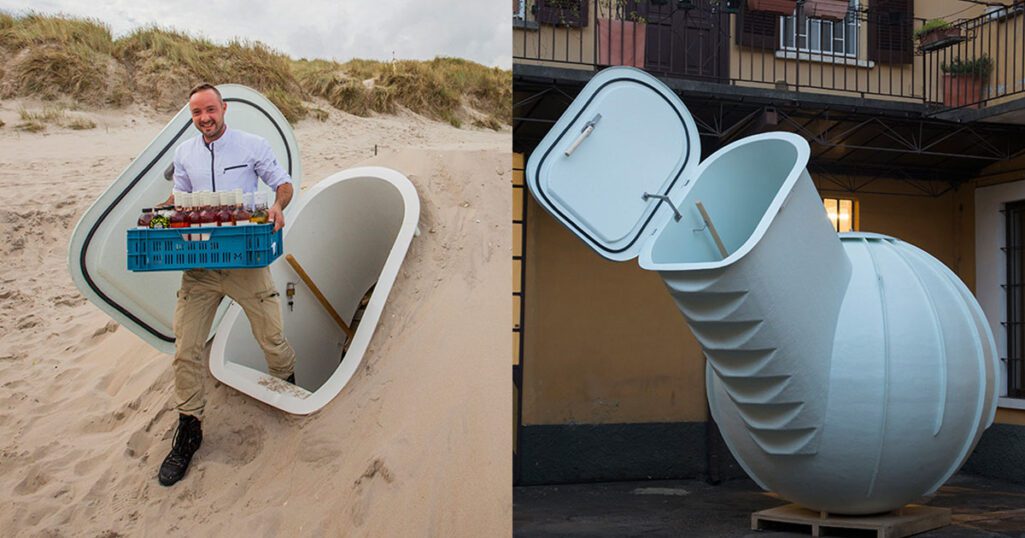
This is the first time that a spacecraft has come that much close to the Sun. NASA’s Parker Solar Probe has passed into the Sun’s upper atmosphere (the corona) and collected particles and magnetic fields samples.
Scientists made the announcement at a conference of the American Geophysical Union on Tuesday 14th Dec 2021.
The Parker Solar Probe and solar research have taken a huge stride forward with this new milestone. Scientists will be able to learn more about the Sun and the solar system as a whole by contacting the Sun’s core, much as they were able to do after landing on the Moon.
The First Time this much Close

To better understand the secrets of the Sun, the Parker Solar Probe was launched in 2018 and traveled closer to the Sun than any other mission. After three years of development and decades of planning, Parker’s mission has finally come true.
The Sun does not have a solid surface like Earth. A superheated atmosphere, formed of solar material connected to the Sun by gravity and magnetic forces, exists on the surface of the Sun. As the material moves away from the Sun, gravity and magnetic fields lose their ability to hold it in place.
Images of the corona (Sun’s upper atmosphere) have suggested that the probe is between 10 and 20 solar radii from the Sun’s surface – around 4.3 to 8.6 million miles away from the Sun’s surface.
Why didn’t the Probe Melt?
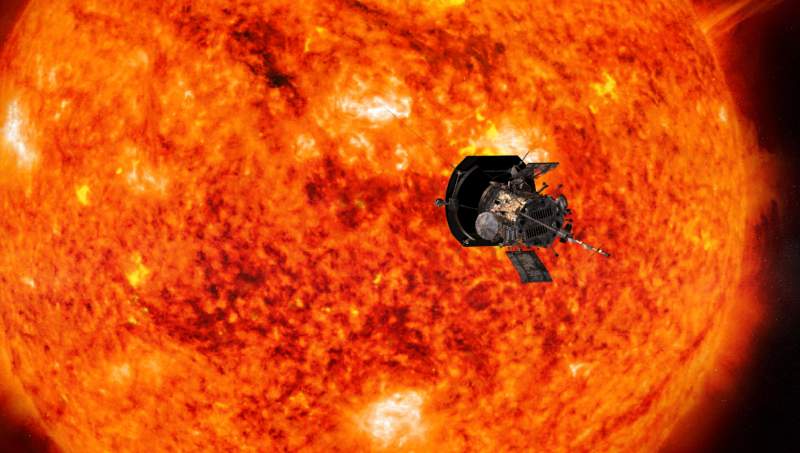
Parker Solar Probe is built to resist the mission’s extreme climate conditions and wide temperature swings. With its unique heat shield and an autonomous mechanism that protects the probe yet allows coronal material to “touch” the spacecraft is the most critical feature.
Moreover, the corona through which Parker Solar Probe passes has a very high temperature but a low density. As an illustration, think about the difference between placing your hand in an oven and a pot of boiling water (don’t do this at home!). Hands can survive far higher temperatures in the oven for longer periods of time than they can in boiling water since they must deal with much more particles.

Similarly, the corona is less dense than the visible surface of the Sun, so the spacecraft encounters fewer hot particles and does not get as much heat as it would on the visible surface.
As a result, the heat shield facing the Sun on Parker Solar Probe will only be heated to roughly 2,500 F (1,400 C) while it travels through the corona atmosphere with temperatures of several million degrees.
The Protective Shield Properties
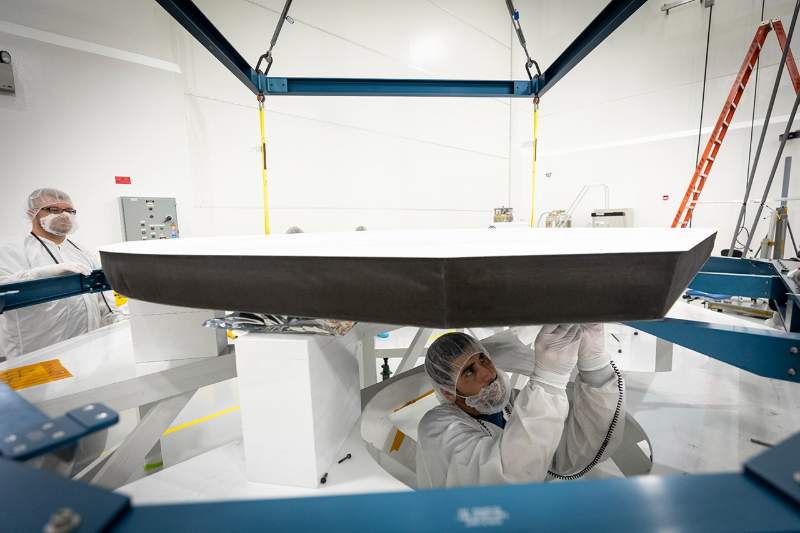
There is no doubt that thousands of degrees Fahrenheit are still an enormous amount of heat. To put this into perspective, the temperature range of volcanic lava is between 1,300 and 2,200 degrees Fahrenheit (700 and 1,200 C).
The thermal Protection System (TPS) is 8 feet (2.4 meters) in diameter and 4.5 inches (115 millimeters) thick to protect Parker Solar Probe from the intense heat generated by the Sun. Even though the shield provides just a few inches of protection, this allows the spacecraft to maintain a temperature of 85 F (30 C).
The shield is made using a carbon composite foam sandwiched between two carbon plates, and it can withstand up to 3,000 F (1,650 C).
Not All the Probe is Shield Protected

Two instruments aboard Parker Solar Probe will not be shielded by the heat shield: the Solar Probe Cup, and the electric wires, which both extend over the heat shield.
The Solar Probe Cup (Faraday cup) is a sensor that measures the ion and electron fluxes and flow angles in the solar wind with this device.
Molybdenum alloy is used to make the cup, which has a melting point of around 4,260 F (2,349 C). Tungsten, a metal with a melting temperature of 6,192 F (3,422 C), is used to make the Solar Probe Cup’s electric field grids.
Another issue was the electrical wiring, which would melt if exposed to heat radiation at such close proximity to the Sun. The scientists developed sapphire crystal tubes to suspend the wiring, and niobium wires were used to make the connections.
Powerful Cooling System
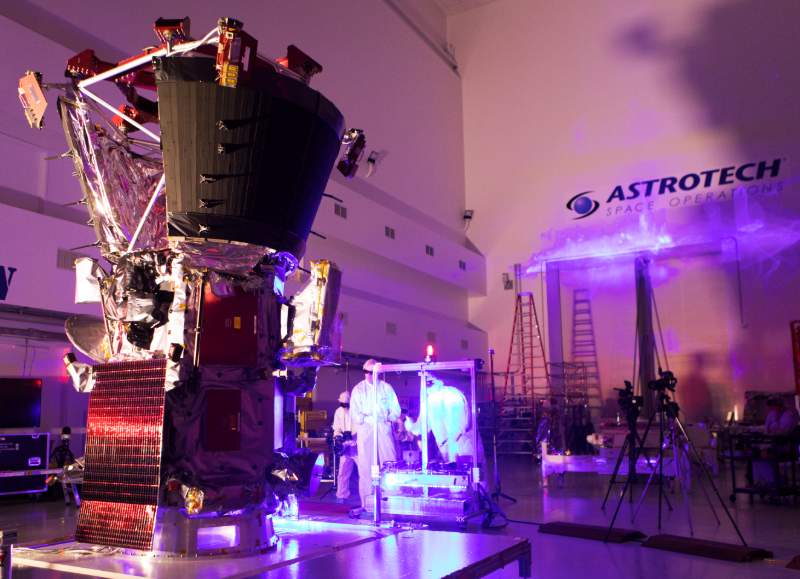
The closer you get to the Sun, the more protection you’ll require. As the solar panels (that power the spacecraft) get closer to the Sun, they might get overheated.
The panels are protected by a simple cooling system that has a heated tank, two radiators that will keep the coolant from freezing, aluminum fins that increase the cooling surface, and pumps. This cooling system may keep solar panels and other equipment cold and operational, and it is strong enough to cool an average-sized living room.
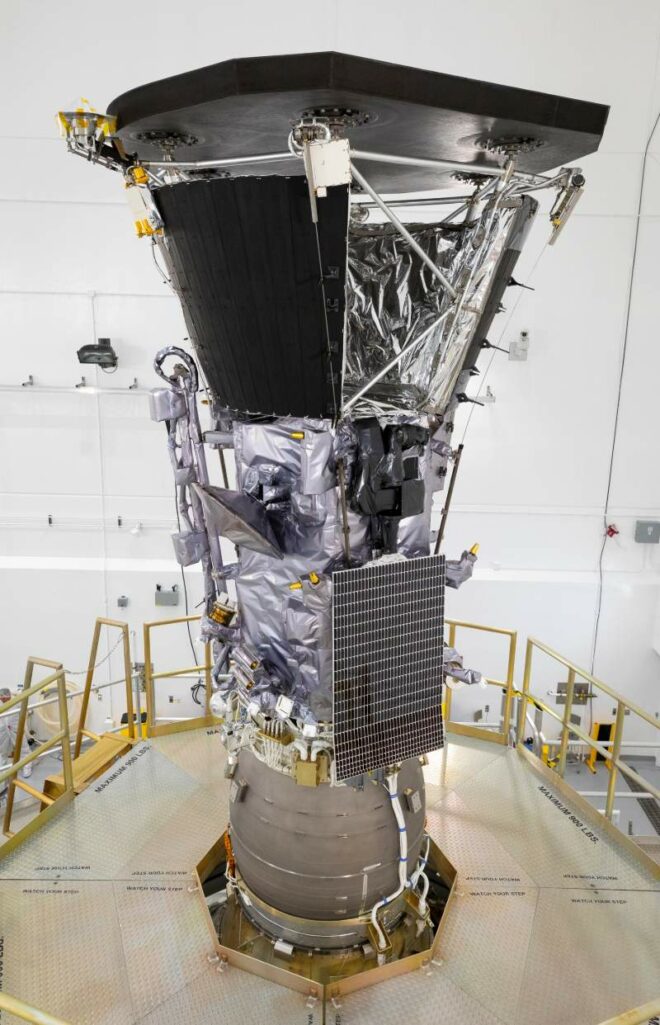
The cooling system uses around a gallon (3.7 liters) of deionized water as a coolant for the system. Temperatures on the spacecraft range from 50 F (10 C) to 257 F (125 C). Few liquids are capable of operating at such a wide temperature range. As a precaution, the water will be pressurized in order to increase its boiling point to over 257 F (125 C).
These precautions proved that we were able to protect the probe from the extremely high temperatures at this close distance from the Sun. Could we now say that these advancements could let people reach this point close to the Sun one day? Why not? Let’s wait and see.
Watch the following video to know more about the topic and why the Nasa probe didn’t melt:

